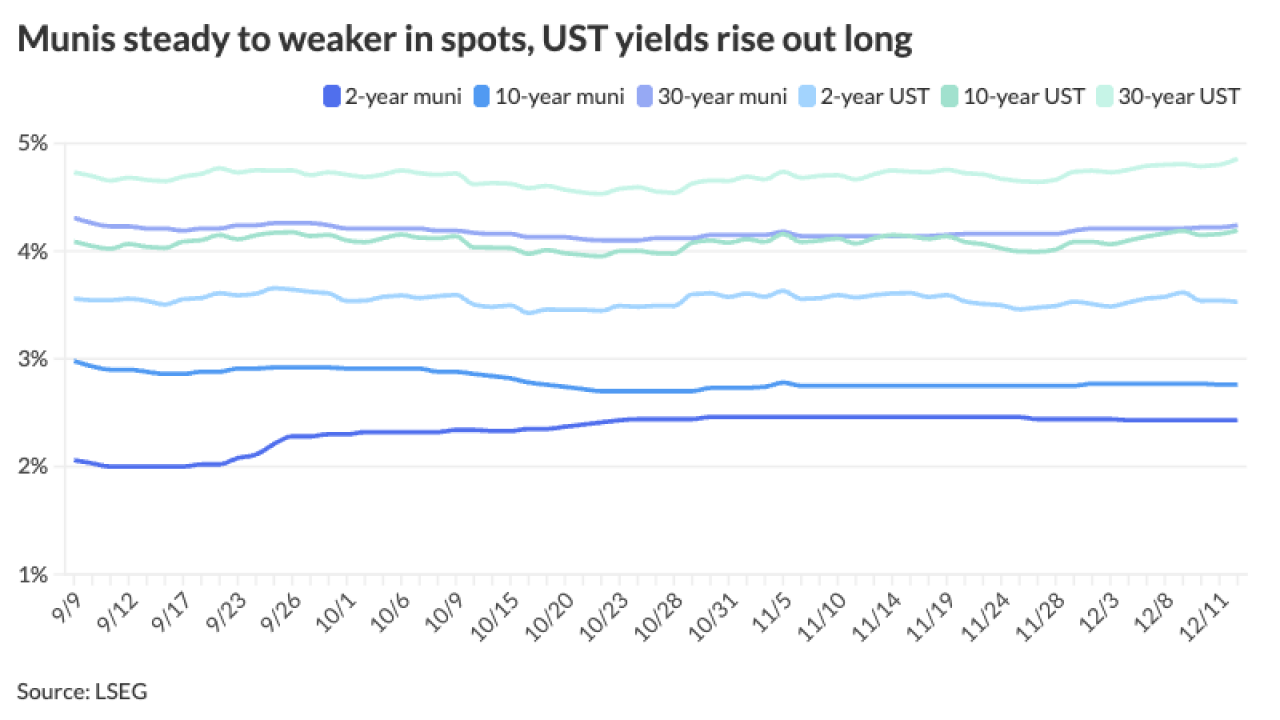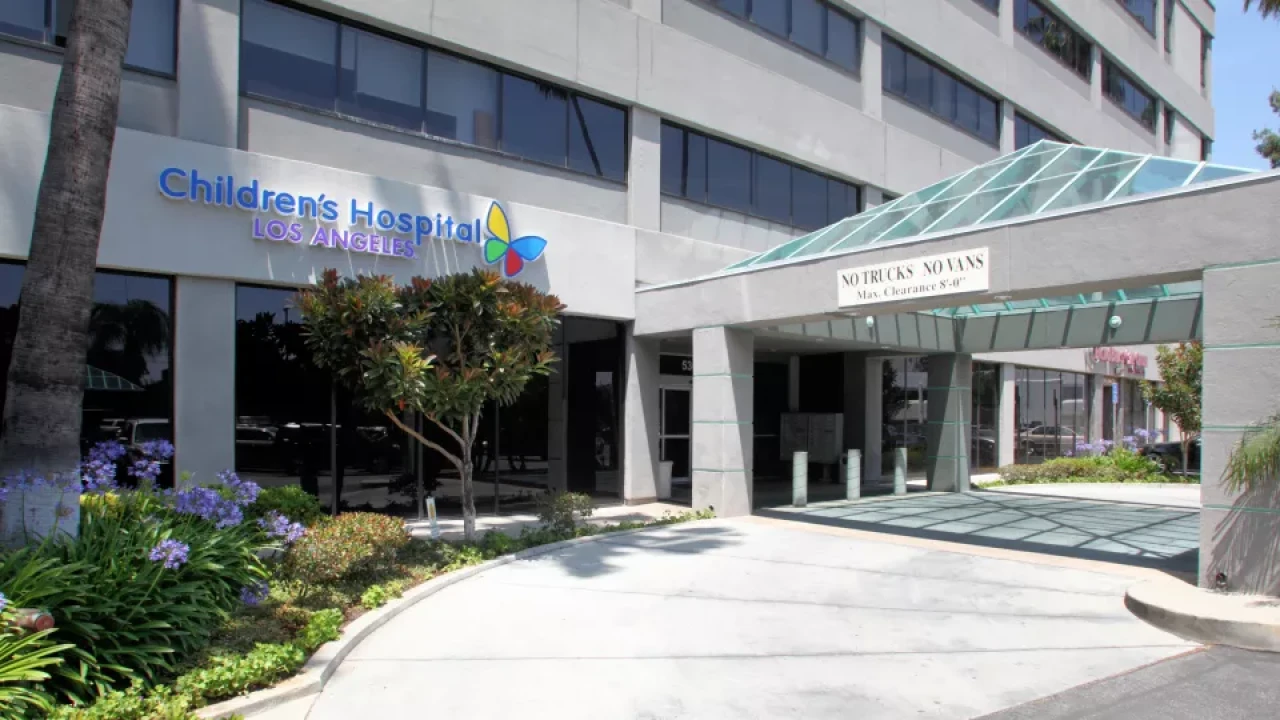
DALLAS – A Senate bill sponsored by a bipartisan pair of lawmakers would provide the first non-emergency federal grants to help local governments repair or replace potentially dangerous dams before their structures fail.
The High Hazard Potential Small Dam Safety Act (S. 2835) sponsored by Sens. Jack Reed, D-R.I., and Shelley Capito, R-W.Va., would amend the National Dam Safety Program Act to include non-agricultural, non-hydroelectric dams.
The measure would provide $600 million of matching grants to states, local governments, and water districts over the next 10 years, with the federal program picking up 65% of the costs. The local sponsor would be required to provide a 35% match.
Limited federal funding for repairs of dams that are not owned and regulated by federal agencies is available through the Federal Emergency Management Agency, but those grants become available only when a dam fails, said Reed.
"There is no federal program to assist states with the repair or removal of non-agricultural, non-hydroelectric, non-federal high hazard potential small dams," he said. "There are programs to help address dams built by the Department of Agriculture, but this leaves many dams vulnerable and some states without the ability to address the risks posed by small dams whose failure would likely result in the loss of lives, homes and businesses."
High hazard potential dams are those where failure would likely cause loss of human life and endanger population centers and sensitive ecosystems, especially in periods of extreme weather and flooding.
"In Rhode Island, we have dozens of high hazard potential dams in need of rehabilitation, many of which date back to the 19th century," Reed said. "By assisting in the repair or removal of high hazard dams before they fail, the bill makes an investment in future cost savings, not to mention lives and property saved." Investing in critical dam infrastructure is akin to funding public safety, Capito said.
"In West Virginia, we have 422 dams classified as high hazard potential," she said. "This bill will help facilitate the repair or removal of high hazard dams before an incident occurs, which could end up saving lives and future costs."
The proposal could pave the way for future congressional funding of local dam renovation projects, Capito said.
The number of dams with high-hazard potential in the U.S. increased to more than 14,700 in 2013 from 9,281 in 1998, according to the Association of State Dam Safety Officials (ASDSO), which supports the bill.
ASDSO president Dusty Myers said deteriorating dams pose significant dangers to downstream areas.
"Dams have the potential to fail with tragic consequences," he said, citing millions of dollars in damage caused by failed dams in South Carolina following heavy rains in October 2015.
At least 20 South Carolina dams collapsed in last years' catastrophic floods, ASDO said. Some of the failed structures were more than 100 years old.
Repairing the entire U.S. inventory of aging but critical high hazard dams would cost $21 billion, according to an ASDSO estimate.
There are 85,000 dams in the U.S. and the average age is 52 years, said Mark W. Woodson, president of the American Society of Civil Engineers. Nearly 3,000 of the dams were built before 1900.
The ASCE encourages lawmakers to pass the dam safety bill, he said.
"As the dam breaches in South Carolina that compounded widespread flooding illustrate, deferred maintenance and lack of investment have taken a toll and can have devastating consequences," Woodson said. "Aging dams around the country pose a direct risk to human life and property should they fail."





